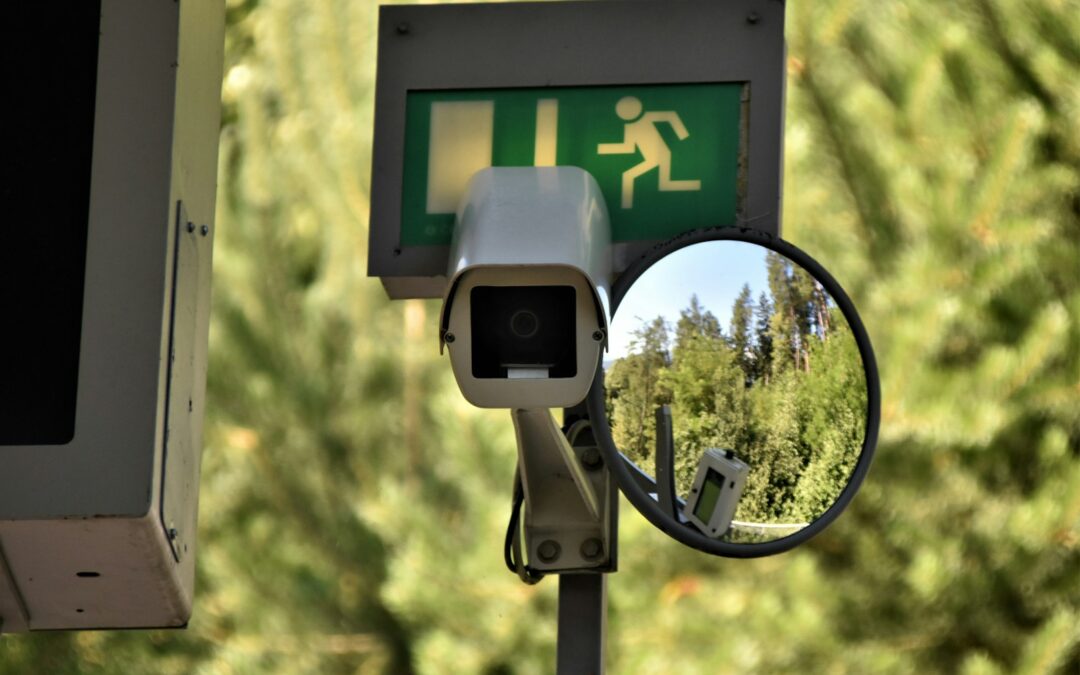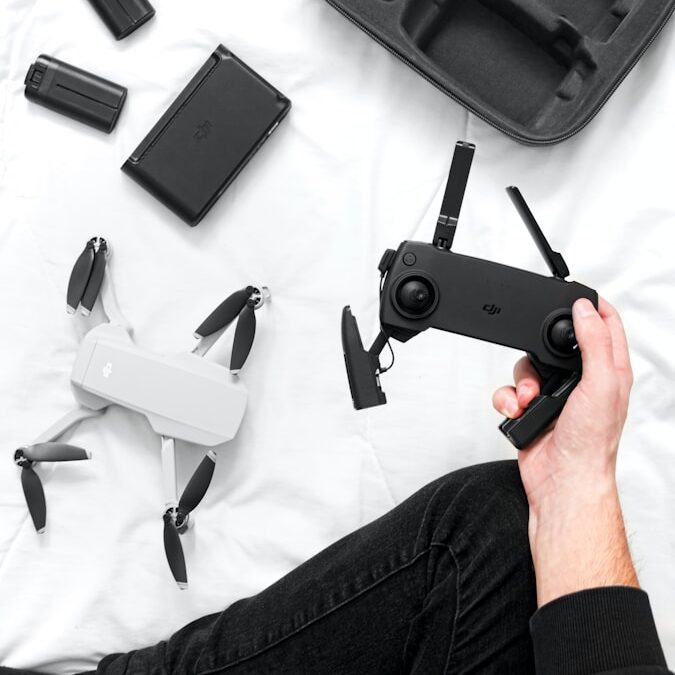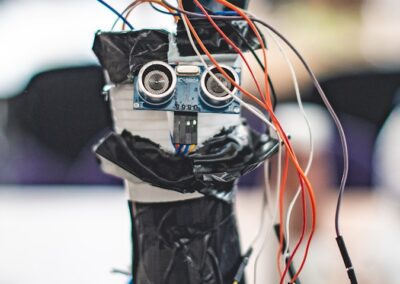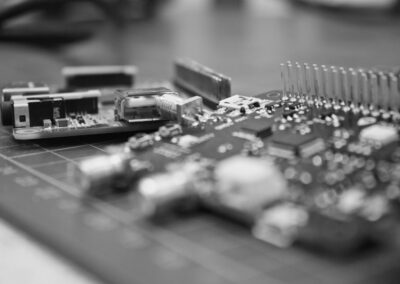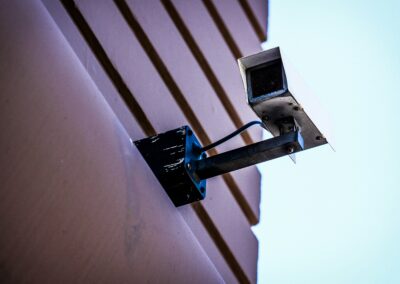How IoT-Enabled Security Cameras Became a Major Security Risk
The Growing Threat of IoT-Enabled Security Camera Breaches
The rise of IoT-enabled security camera has brought significant advancements in surveillance technology, yet it has also introduced new vulnerabilities. IoT-enabled security camera breach incidents have become increasingly common, with attackers exploiting these devices to gain unauthorized access to sensitive information. These breaches often result from insufficient security measures, such as weak passwords, outdated firmware, and unsecured network connections. For instance, hackers have exploited default credentials and unpatched vulnerabilities to gain control over these cameras, compromising both the privacy and security of individuals and organizations.
To mitigate these risks, it is essential for businesses and security teams to adopt robust security practices. This includes implementing strong, unique passwords for each device, regularly updating firmware to address known vulnerabilities, and configuring firewalls and network security measures to protect against unauthorized access. By addressing these fundamental security aspects, organizations can significantly reduce the likelihood of a successful breach.
Impact of IoT Security Camera Breaches on Business and Privacy
The impact of breaches involving IoT-enabled security cameras extends beyond immediate security concerns; it can significantly affect business operations and individual privacy. When hackers gain control over surveillance systems, they can monitor private spaces, capture sensitive footage, and potentially disrupt business operations. This can lead to substantial financial losses, damage to reputation, and legal consequences.
Moreover, breaches can erode consumer trust, as clients expect their data to be safeguarded against unauthorized access. Companies must prioritize the security of their IoT-enabled devices to protect their assets and maintain customer confidence. Implementing a comprehensive security strategy that includes regular security audits and risk assessments is crucial for identifying and addressing potential vulnerabilities before they can be exploited.
Ensuring the Security of IoT-Enabled Surveillance Systems
Implementing Best Practices for IoT Device Security
To safeguard against breaches of IoT-enabled security cameras, adopting best practices for IoT device security is essential. One critical step is to ensure that all devices are configured securely from the outset. This includes changing default passwords, enabling encryption, and regularly updating device firmware to address security vulnerabilities. Additionally, employing network segmentation can help isolate IoT devices from other critical systems, minimizing the impact of a potential breach.
Another effective measure is to conduct regular security training for employees, focusing on recognizing and responding to potential threats. This training should cover topics such as phishing attacks, secure password practices, and the importance of software updates. By fostering a security-aware culture, organizations can enhance their overall defense against cyber threats and improve their ability to detect and respond to incidents promptly.
Advancing Surveillance System Security with Emerging Technologies
In addition to implementing best practices, leveraging emerging technologies can further enhance the security of IoT-enabled surveillance systems. For example, integrating advanced threat detection solutions that use artificial intelligence (AI) can help identify and respond to suspicious activities in real-time. AI-driven systems can analyze large volumes of data and detect anomalies that may indicate a security breach, providing an additional layer of protection for surveillance networks.
Furthermore, adopting blockchain technology for IoT device management can provide a decentralized and tamper-proof method of securing device communications and data integrity. Blockchain can ensure that only authorized users have access to critical system components and can help verify the authenticity of data captured by surveillance cameras. By combining traditional security measures with cutting-edge technologies, organizations can build a more resilient defense against the evolving landscape of cyber threats.
Conclusion
The exploitation of IoT-enabled security cameras has highlighted the need for enhanced security measures in the realm of digital surveillance. By understanding the risks and implementing comprehensive security strategies, businesses and individuals can safeguard their surveillance systems against potential breaches. Adopting best practices for IoT device security, investing in emerging technologies, and fostering a security-conscious culture are key steps in ensuring the integrity and reliability of IoT-enabled surveillance systems. In an era where technology continues to evolve, proactive security measures are essential for protecting sensitive information and maintaining trust in digital surveillance solutions.
—
#IoTSecurity #SurveillanceSystems #Cybersecurity #IoTDevices #TechSecurity #BlockchainInSecurity #AIInSurveillance #DigitalSurveillance

